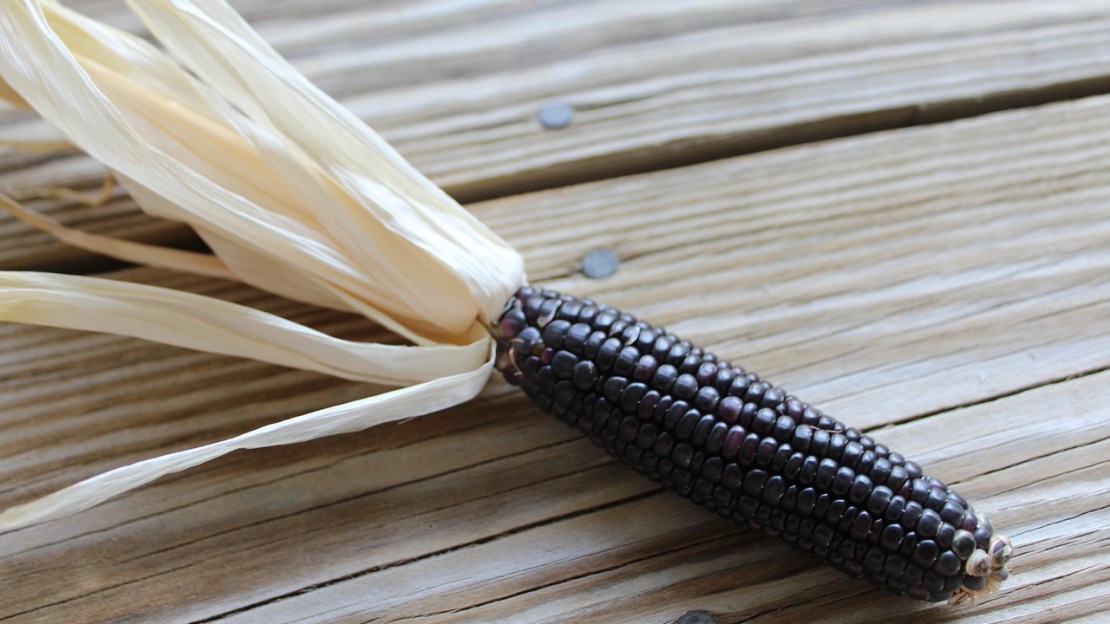John Tolley, April 23, 2019
If you had the same middle American upbringing as we did, you still remember where you were when your parents? fancy friend or your foodie aunt first brought over a bag of purple corn chips because YOUR! MIND! WAS! BLOWN!
Until that moment, corn and corn products were decidedly monotone - in many ways. You now saw the world in vivid technicolor and had to wonder what other foundational beliefs were yet to topple before you.
Of course, purple corn - well, corn in a number of shades - is nothing new. From the Hopi in Arizona to the Inca in what is now Bolivia and Ecuador, this variety has long been a popular and versatile staple crop.
Recently though, researchers at the University of Illinois have been investigating purple and other brightly colored varieties of corn even further, and their findings are proving the shades pack some potent power.
Food science professor Elvira Gonzalez de Mejia and crop sciences professor John Juvik led a team in creating new hybrid varietals of purple corn that have been shown to fight inflammation, obesity and diabetes in clinical trials using mice. Their findings were published in the journal Food Chemistry.
These new hybrids, derived from Apache Red maize, owe their awesome attributes from abundant anthocyanins, colorful compounds found in the exterior pericarp of the corn kernels. These phenols are also found in foods associated with a reduced risk of certain types of cancer and cardiovascular diseases.
The researchers used a water-based extraction method to isolate the anthocyanins and test their efficacy in treating a number of conditions, from obesity-induced inflammation to insulin resistance. In every trial, the compounds proved helpful in stemming harmful side-effects of these conditions.
An added benefit of environmentally-safe extraction process is the creation of vibrant, shelf-stable dyes for the food industry, which could be a boon to farmers looking to expand and diversify their stable of crops.
To learn more about these pretty purple ears, check out the University of Illinois news service?s full article here.







